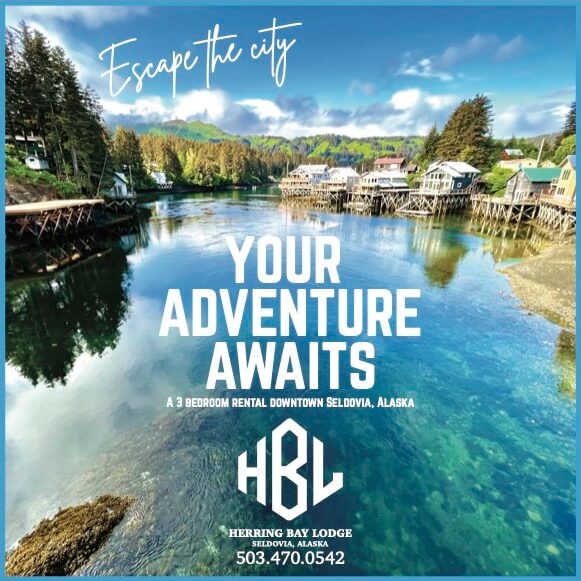Tag: SVT
New Exhibit Opens at Seldovia Museum
by Jan Year
 There are some new faces in the Seldovia Museum! Twenty-three of them, actually. Although they have been in town since last summer, they are just now starting to be seen. They remained unnoticed because they spent most of their time sealed in boxes in the Museum office. But now they have taken up residence in the Seldovia Museum and Visitor Center lobby, as the Seldovia Museum’s newest exhibit.
There are some new faces in the Seldovia Museum! Twenty-three of them, actually. Although they have been in town since last summer, they are just now starting to be seen. They remained unnoticed because they spent most of their time sealed in boxes in the Museum office. But now they have taken up residence in the Seldovia Museum and Visitor Center lobby, as the Seldovia Museum’s newest exhibit.
The faces belong to a collection of Yup’ik, Cup’ik and Inupiaq dolls. Collected over many years by Homer’s Gert Seekins, the dolls offer a window into life in some of Alaska’s most remote communities. The dolls are made largely from natural materials such as fur, bone, ivory, leather and even fish skin, and the skill of the artists is evident in the fine details of faces and clothing. Most styles of Alaska Native dolls are represented in the collection. Often a doll can be traced to a specific village in Alaska simply through the style in which it is made. The variations in traditional clothing and activities in different parts of Alaska are evident in the different clothing styles, materials and appearances of the dolls that come from those areas.
The exhibit title, “When I Remember, I Make a Doll”, comes from a statement by Eva Heffle, a well-known dollmaker who is generally credited with developing ‘activity dolls’. These dolls are shown carrying out the tasks and celebrations of traditional village life. The Eva Heffle doll in the Seldovia Museum is depicted using her teeth to crimp the leather around a mukluk seam. Ms. Heffle used her doll-making to keep alive the memory of the traditions she learned as a young girl growing up in Kotzebue – traditions she found herself starting to forget when she moved to the more urban lifestyle of Fairbanks.
Although we use the term “dolls” to refer to these figures, they were never intended to be toys. They are works of art and representations of traditional ways of life. Several of the artists whose work is included in this exhibit have had similar pieces included in collections ranging from the Alaska Native Art collection at the Anchorage International Airport to the Smithsonian Institution.
The Seldovia Museum is located on the first floor of the SVT building on Main Street, and is open 10:00 am – 5:00 pm, seven days a week. The doll exhibit will be on display throughout the summer. Come by the Museum and see this lovely and educational collection!
What’s That On the Side of Jakolof Bay Road?
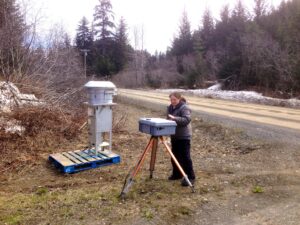 Is it a bird house, UFO, a Little Chief Smoker? No, it’s just air monitoring equipment being used by Seldovia Village Tribe’s Environmental Office to continue its road dust monitoring this summer.
Is it a bird house, UFO, a Little Chief Smoker? No, it’s just air monitoring equipment being used by Seldovia Village Tribe’s Environmental Office to continue its road dust monitoring this summer.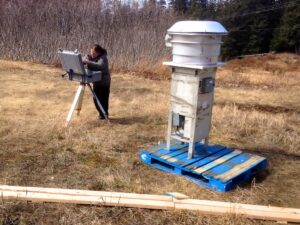 “Exposure to PM10 can cause breathing and respiratory conditions, damage to lung tissue and even cancer,” Environmental Assistant Tracie Merrill said. “The elderly, children and people with chronic lung disease, influenza or asthma are especially sensitive to the effects of particulate matter.” In addition, road dust can substantially reduce visibility, putting motorists and pedestrians at risk.
“Exposure to PM10 can cause breathing and respiratory conditions, damage to lung tissue and even cancer,” Environmental Assistant Tracie Merrill said. “The elderly, children and people with chronic lung disease, influenza or asthma are especially sensitive to the effects of particulate matter.” In addition, road dust can substantially reduce visibility, putting motorists and pedestrians at risk.







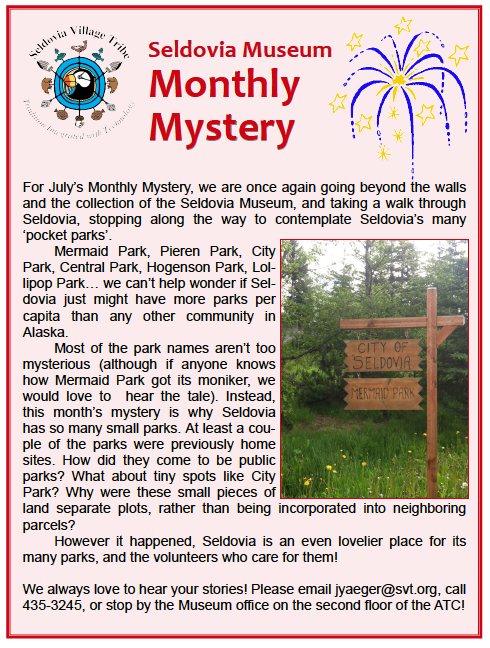
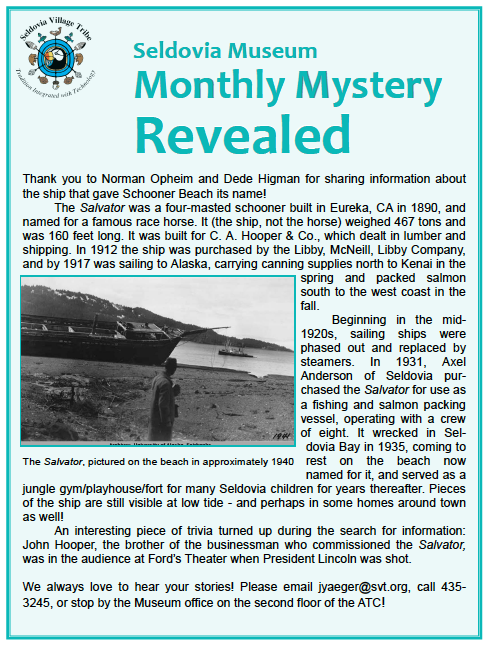
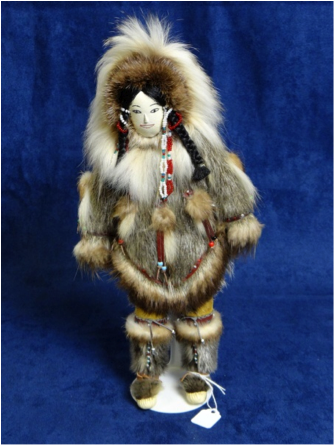
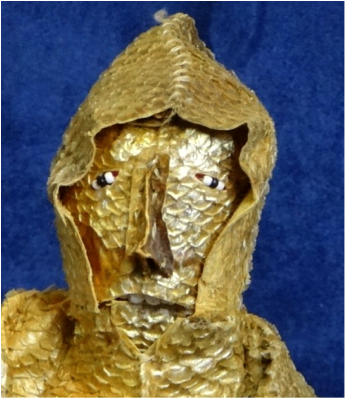
 Seldovia Time
Seldovia Time








